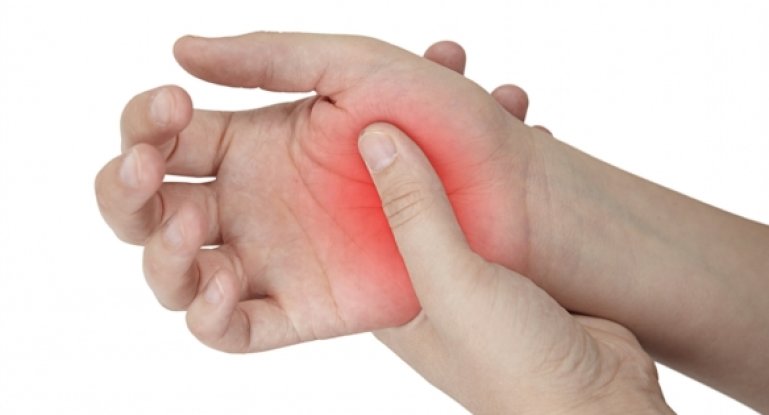What is it?
Commonly known as texting thumb and gamer’s thumb, De Quervain’s Tenosynovitis is a painful condition affecting the tendons of the thumb that travel into the wrist.
Symptoms of De Quervain’s Tenosynovitis include:
- Pain and tenderness in the wrist, often below the base of the thumb.
- Pain with overuse of the affected wrist/thumb especially in a stretched position.
As the thumb and wrist continue to be overloaded the tendons in this area become swollen and inflamed leading to constant pain with wrist and thumb usage.
When patients present to the clinic few are sure how or where they acquired the injury. Most report that they started to become aware of the wrist weeks or even months earlier and by the time that they came to seek care the pain was constant. This injury happens gradually. Whether you are a tradie involved in repetitive heavy manual work, a frequent mobile phone user, or a new mum carrying your baby often, the increase in use of your wrist and thumb is the cause of your symptoms.
Physiotherapy for De Quervain’s Tenosynovitis
The first and most important aspect of overcoming De Quervain’s Tenosynovitis is to stop what is causing the pain. This can be easier said than done, considering a new mum can hardly just leave the baby somewhere to give her wrists a rest or a manual worker who cannot take any time off work.
This is why physiotherapy is crucial. Physiotherapy can help provide optimal treatment and help you keep you doing what you need to do by providing stability of your wrist/thumb while allowing healing to occur. Bracing or taping methods of the wrist/thumb in conjunction with LIPUS (low intensity pulsed ultrasound) which will help reduce inflammation and promote healing of the tendons of the thumb along with soft tissue release to relax the sensitive muscles and tendons will help you maintain your workload while allowing healing.
Strengthening exercises are the next step to ensure that you don’t relapse. The purpose of strengthening is to get the muscles around the area stronger, but also reinforce good habits for positioning the wrist correctly during activities. The exercises can range from simple activities to challenging dynamic movements. Strengthening will only take place once the pain sensitivity has settled. Our physiotherapists at Physio Ready will be able to tailor these exercises to you perfectly for the stage of rehab you are up to.
To make an appointment at Physio Ready call us today on (02) 9249 9122 for Ryde or (02) 8622 1681 for Ermington. We are ready to help you overcome your wrist and thumb pain.

